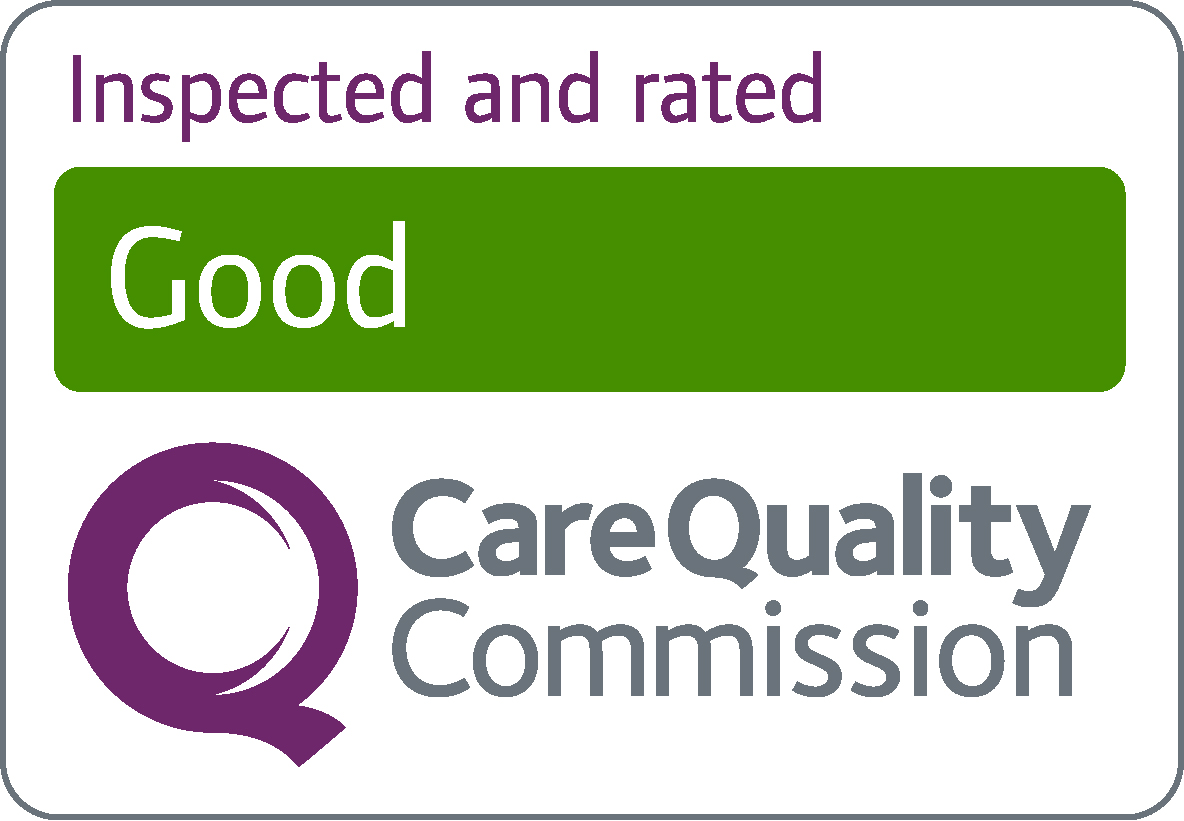Erythema nodosum
Erythema nodosum is a condition that causes painful patches of skin that look red or darker than the surrounding skin. It usually goes away by itself, but it can sometimes be a sign of something serious like an inflammatory bowel condition, such as Crohn's disease.
If you have erythema nodosum, you may have flu-like symptoms before or at the same time as you get the patches on your skin.
For example, you may:
- have a high temperature
- have swollen, aching joints, particularly the knees, ankles and wrists
- feel generally unwell
The skin usually heals on its own within 3 to 8 weeks without leaving a scar. But other symptoms, such as joint pain and swelling, can last for several weeks.
There are some things you can do to help ease the pain of erythema nodosum.
Do
try taking ibuprofen
rest with your feet raised on a pillow
try to avoid long periods of standing, walking and running
put a cool wet compress, like a damp cloth, on the affected area
If you're in pain, a pharmacist can recommend:
- stronger painkillers
- supportive bandages or stockings
They may also suggest you see a GP.
See a GP if:
- you have a painful skin condition that affects your daily life
- lots of lumps or marks start appearing on your skin
- the lumps or marks do not go away after 8 weeks
The GP may be able to tell if you have erythema nodosum by looking at the inflamed areas of skin.
Tests may be needed to find the cause. This may include a biopsy, where a small sample of skin is taken so it can be looked at under a microscope.
Treatment for erythema nodosum depends on the cause.
If it's caused by another condition, treating that condition may help. For example, if it’s caused by an infection, you may be given antibiotics.
If the GP thinks a medicine you've been taking might be causing erythema nodosum, they may advise you to stop taking it. Do not stop taking medicines without asking a GP first.
If your symptoms have lasted a long time or they keep returning, other treatments, such as steroid tablets, may be recommended.
Erythema nodosum can be caused by lots of things, but often the cause is unknown.
Common causes include:
- inflammatory bowel conditions like Crohn's disease and ulcerative colitis
- bacterial infections, such a throat infection, chest infection or lung infection (tuberculosis)
- a rare condition where small patches of swollen tissue develop in organs, such as the lungs, lymph nodes or skin (sarcoidosis)
- a reaction to some medicines, including the contraceptive pill and some antibiotics

